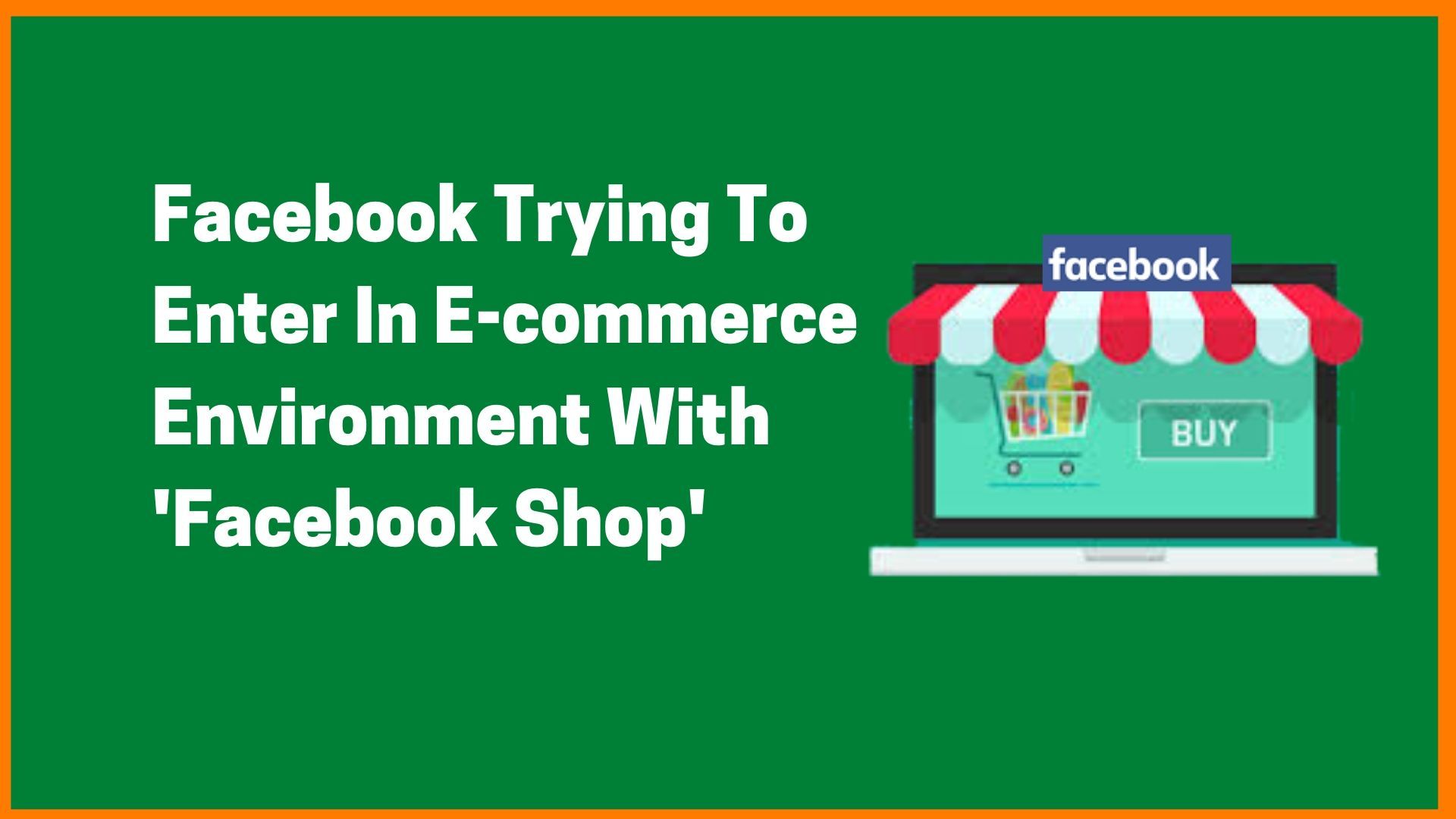Reliance Industries is not unknown to the people of India and of the world now. Founded in May 1973, Reliance Industries is headquartered in Mumbai.
It was a landmark step when Reliance Jio Infocomm Limited was launched after Reliance Industries bought a majority stake in Infotel Broadband Services Limited (IBSL). This made the telecommunication sector of Reliance run like never before.
JioMart resulted when Reliance Industries converged with Jio Platforms, the parent of Reliance Jio Infocomm Limited, which does its business as Jio.
The JioMart services were initially soft-launched in December 2019, and then launched in the selected areas of Thane, Navi Mumbai, and Kalyan in April 2020. These services were eventually expanded to over 200 towns across the country, after it was fully launched in May 2020.
The latest venture by Mukesh Ambani has offered grocery delivery at the doorstep amid the deadly coronavirus outbreak. It continues to help the users procure groceries and numerous other products from a wide range of categories including fashion, home essentials, lifestyle products, and more, which it expanded to ever since it was established.
JioMart currently competes with other prominent grocery delivery services like Amazon, Flipkart, and Big Basket in India.
JioMart, Reliance Jio’s shopping portal, is now open for orders altogether metros and places like Mysuru, Visakhapatnam, Coimbatore, Dehradun, and Bhatinda where consumers can place the order for the required grocery.
JioMart is currently growing in its sales through local kiranas that it keeps on onboarding on its platform, alongside servicing orders via its Reliance Fresh and Smart stores. Furthermore, it is also open with distribution centers in areas where orders through kiranas aren’t serviceable.
JioMart – Desh ki Nayi Dukan
JioMart – Industry
JioMart – Growth
JioMart – Partnerships
JioMart – Logo and Tagline
JioMart – Business and Revenue Model
JioMart – How to Use?
JioMart – Payment and Delivery Options
JioMart – How will it affect Competitors?
JioMart – Shaping the Future of India

JioMart – Desh ki Nayi Dukan
JioMart delivers a good range of products including fruits, vegetables, groceries, bakery products, beverages, household products, packaged food, and more. The JioMart website is jiomart.com.
This Reliance Jio and Reliance Retail-powered platform operates through neighbourhood stores, supermarkets, hypermarkets, wholesale and online stores. The company integrated its registered customer database from Reliance Fresh, Reliance Smart and other retail businesses into JioMart.
JioMart said the following in a statement-
“We offer you the convenience of shopping everything that you need for your home – be it fresh fruits & vegetables, rice, dals, oil, packaged food, dairy item, frozen, pet food, household cleaning items & personal care products from a single virtual store.”
The chief executive of grocery retail at Reliance Retail, Damodar Mall tweeted, “Never waste a crisis, they say! Big town or small, JioMart delivers in over 200 towns. Chinese e-commerce giant Alibaba (BABA) “flourished” during the 2003 SARS pandemWe seek similar opportunities by fulfilling the requirements during these tough times”.

JioMart – Industry

JioMart belongs to the online food and grocery industry. This industry has grown from 2013-2018 at a CAGR of 71.2%, and is expected to grow at a CAGR of 45.5% between 2018-2023.
JioMart – Growth
JioMart has certainly been a successful pilot and has grown well throughout these couple of years. Some of the major growth highlights of JioMart are:
- JioMart witnessed a 3X increase in its merchant base in its grocery delivery vertical in the Q4 FY2021.
- It expanded services to 10 new cities during the same fiscal
- JioMart sees strong traction from Tier 3 cities and beyond
- The company has seen a 3X growth in its order frequencies
- JioMart has already onboarded over 300K merchants including kiranas and small merchants
- Served over 1 mn customers, as reported on January 26, 2021
- JioMart continues to scale up. It achieved a 3X growth in product assortment, 1.5X growth in order frequency, and has grown by 20% growth in average basket value (ABV).
- The ecommerce platform also witnessed an 80% repeat order growth in Q4 FY2021
- JioMart is also available on WhatsApp, on which the users can place orders for their groceries and other necessities.
JioMart Express
JioMart has launched JioMart Express in view of foraying into the popular quick commerce space in June 2022. The platform was piloted in Navi Mumbai and currently spans over 3K+ SKUs, which includes groceries, and personal and home care products.
Though the quick commerce wing of JioMart and how it operates is not quite clear now, with some reports claiming that it is using Dunzo’s delivery fleet and local kirana stores as hyperlocal hubs, and others suggest that the Reliance Retail stores, the business is gaining popularity fast.
JioMart Express is currently looking to expand its services to 200+ cities by the next fiscal. This new business of Reliance Retail and Jio will soon be operating in several other categories like medicines as well as small electronic products including smartphones.
Benefits of JioMart Express
Quick commerce delivery, which is fast becoming the trend with the likes of Zepto, Blinkit, Dunzo, Swiggy Instamart, and more, is springing numerous players from across industries, and this finally got to Reliance which is already one of the powerful names in a range of industries. This eventually led to the launch of JioMart Express. This quick commerce wing of JioMart will certainly be effective for the users in many ways. Here’s a look at the benefits of JioMart Express:
- Express 90 minutes delivery
- 3000+ grocery and essentials
- No minimum order value
- Numerous discount coupons and other options
- Quality of Reliance
- Redemption of points
- Flexible online payments
JioMart – Partnerships
Facebook Inc. (now known as Meta) bought a 9.99% stake for $5.7 billion (Rs 43,574 crore) in Reliance Industries’ digital unit, Jio Platforms, on April 22, 2020. That partnership helped Reliance roll out its service for India’s grocers and little businesses by using India’s 400 million strong user base for Facebook’s WhatsApp messaging service. Three days after the deal, JioMart made its service live online via WhatsApp.
JioMart mainly partners with a huge collection of local kirana stores that helps the platform grow. It has also partnered with numerous UPI platforms to make the payment journeys easy for the customers.
ePayLater collaborated with JioMart on August 3, 2022, which will help the platform offer line of credit to its B2B customers. This is the last partnership that JioMart saw.
JioMart – Logo and Tagline

While mentioning JioMart, Mukesh Ambani, the head honcho of Reliance, said “Customer aapka, Support humara”, which means that JioMart will extend enormous support to the local vendors and kirana owners.
JioMart – Business and Revenue Model
JioMart operates in an O2O (offline to offline) business model. With JioMart the local kiranas and vendors will receive orders online, which will be delivered as per the latest time slots. The JioMart business model brings the trio – producers, customers and the kiranas together under the same platform.
First of all, the Kirana owners should register. After applying for JioMart Kirana registration, JioMart will help those Kirana stores to make their Kirana shop go digital to receive orders via WhatsApp. Once the order is placed by the Kirana stores then a confirmation message is sent to the user to pick up the order from the store.
The JioMart business model focuses on extending the customers an omnichannel experience.
businesses to sell and expand online. The company is trying to expand all of its
platform to create a business market places for the other businesses creating a
full-fledged Facebook Shop, which can help them to acquire m…

JioMart – How to Use?

The JioMart app is available on Apple and Google Play Store. JioMart is currently available as a mobile and desktop website. The services of JioMart can also be availed via Facebook-owned instant messaging app WhatsApp.
To check if JioMart’s service is open in your location or not, you need to enter your pin code in the ‘Delivering to’ field on the website. If you get a green signal, it means the service is there in your area. Otherwise, a message in red appears, “We are currently not available at this location. Stay tuned!”
The ‘search with list’ option is the handiest feature of this site. You can simply paste or write the entire product list in this section instead of searching one by one. The website will search for the products sequentially for you. You need to place your choice in the cart.
To place an order, one needs to log on to jiomart.com. If the order value is less than ₹750, a nominal delivery fee of ₹25 will be added. Above an order value of ₹750, JioMart offers free delivery. The customer can pay either online or offline.
JioMart – Payment and Delivery Options
Jio has integrated many payment options such as e-wallets and UPI on the website. The company has incorporated almost all kinds of payment methods. Various e-wallets like Paytm, PhonePe, JioMoney, Google Pay, and MobiKwik are also supported. The website has a Net Banking option along with the Credit/Debit card provisions. If not online, one can also go for cash on delivery (COD).
One of the things that the users might find inconvenient is that JioMart does not offer same-day delivery. The orders are generally delivered within two days. If there happens to be a lockdown or if similar strictures are imposed, the delivery time may get extended in some cases. However, this would be solved with JioMart Express, which is the quick commerce arm of JioMart.
Some improvements are required like changes to the searching process. The problem is that a particular product might be named differently according to the local language, which can hamper the search for that product. The search algorithm needs to detect such discrepancies. Otherwise, the website cannot cater to different customer requirements.
JioMart – How will it affect Competitors?
JioMart, promoted as ‘Desh ki Nayi Dukan’, offers free express grocery delivery from neighborhood grocery or Kirana stores. JioMart’s launch comes as India is witnessing an increase in coronavirus cases. Officials have said that the product catalog on JioMart’s website will be expanded once the lockdown restrictions are lifted. JioMart will then work at its full capacity.
JioMart is undoubtedly a tough competitor to other online grocery shops like BigBasket and Grofers (now Blinkit). JioMart offers fresh food, pulses, packaged food, household cleaning items, pet food, and other categories of products on its website. It is all set to take on the big players such as BigBasket, Blinkit, Amazon Fresh and Pantry, and Flipkart’s Supermart.
Amazon (AMZN) and Walmart-owned (WMT) Flipkart are the two dominant e-commerce platforms in India. Both companies operate in hundreds of cities across the country. They deliver goods such as smartphones, electronics, and clothing. Both companies also launched online grocery deliveries last year. JioMart’s launch is a reason for worry for Amazon and Flipkart because they are not very strong in the grocery segment.
JioMart’s expansion also comes as millions of Indians remain under lockdown because of the coronavirus pandemic. Amazon and Flipkart have also faced difficulty delivering orders across India during the Covid-19 pandemic. This is due to the restrictions imposed on traveling from one city to another. The lockdown required the company to accelerate expansion plans with increasing warehouse capacities.
Due to the lockdown imposed in India, Flipkart temporarily suspended services and Amazon had to limit orders as it responded to increased demand. Despite the various complexities and challenges of zonal restrictions and supply chain disruption, Flipkart and other e-commerce companies have worked to deliver essential goods while considering the safety of their employees. It will pose a formidable challenge to local rivals who are also betting big on groceries for their growth.

JioMart – Shaping the Future of India
According to investment research firm Bernstein, grocery constitutes 70% of the Indian retail market. More than 90% of the market is unorganized and driven by kirana stores. The overall retail market is expected to double in size from $676 billion in 2018 to nearly $1.3 trillion by 2025, according to Bernstein.
According to Forrester, India’s online grocery market is small by comparison and worth around $3 billion this year. But the firm says that the number is growing fast as the pandemic changes people’s shopping habits. JioMart was launched in December last year with the goal of connecting 3 crore kiranas or grocery stores with local consumers online.
Reliance is on a fundraising spree through Jio Platforms, which includes the telecom venture Jio Infocomm. It has raised a massive $10 billion from investors including Facebook, KKR, and General Atlantic in a month. JioMart is selling shares worth $7 billion (around Rs. 53,000 crores).
Bernstein and Forrester’s analysts say JioMart is well placed to disrupt the online grocery market because it can source supplies from Reliance’s brick-and-mortar stores. Reliance is India’s largest retail operator. If JioMart manages to get kiranas online and organized, it will also have a hyper-local supply and logistics chain that can be used to meet the demand.
Conclusion
Competitions are everywhere. In order to survive in the market, the companies should keep improving, provide better options, should solve problems, and keep thriving to become better than its competitor.
The platform is certainly one of the most revolutionary approaches of Reliance that has already helped numerous users across the country, who now have an access to a majority of all that they might want including groceries and essentials. JioMart is a blessing in disguise for the Kirana owners.
Reliance’s JioMart has already roped in over 300K Kirana stores and local vendors/merchants across the country and is planning to increase the number rapidly across India. Later the company is planning to make these stores JioMart franchises to source products directly from Reliance retails and make them fully digital. All the orders can be fulfilled by the local Kirana stores.
FAQs
How do I shop from JioMart?
Download the JioMart App & Register with your Mobile Number. Login – Select City, Enter Pin code. Select from a wide range of categories to choose from. Add items to cart, complete payment & check out.
How JioMart will work?
JioMart is essentially an aggregator between customers and nearby stores, in a similar way that other online delivery aggregators work. This saves JioMart from separately acquiring customers on its platform, which is a key barrier when a new app or a service is launched.
What is the minimum order for JioMart?
Initially, JioMart required a minimum order value of Rs 750 for free delivery. Existing players like Alibaba-backed Bigbasket, Amazon India, or Flipkart typically require upwards of Rs 600 order size for free delivery.
Is JioMart available in Vizag?
Reliance’s online shopping portal, JioMart, is now open for orders in 200 cities including all metros and places such as Mysuru, Visakhapatnam, Coimbatore, Dehradun, and Bhatinda.
Is JioMart available on Whatsapp?
After JioMart partnered with Facebook-owned Whatsapp, the platform now offers the users the facilities of ordering their groceries and essentials as per their requirements via the Whatsapp platform itself.










































